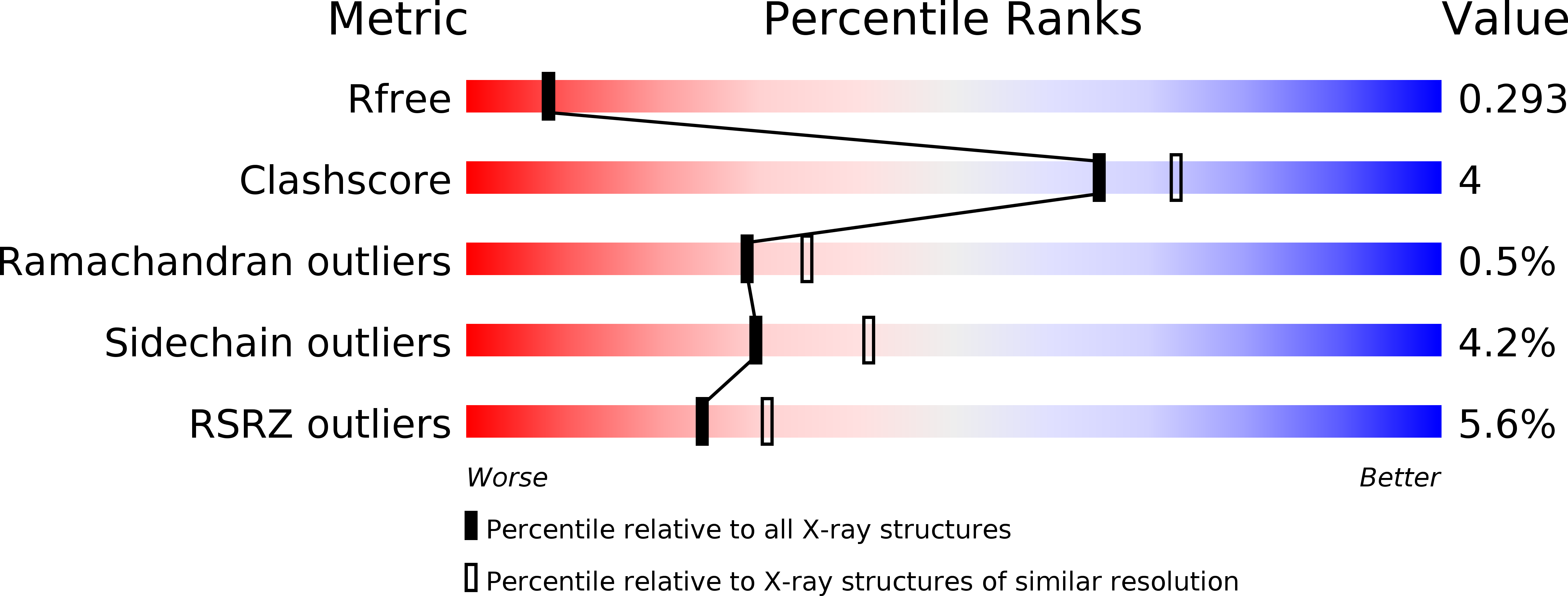
Deposition Date
2013-05-24
Release Date
2014-04-09
Last Version Date
2024-11-06
Method Details:
Experimental Method:
Resolution:
2.31 Å
R-Value Free:
0.29
R-Value Work:
0.23
R-Value Observed:
0.24
Space Group:
P 1 21 1


